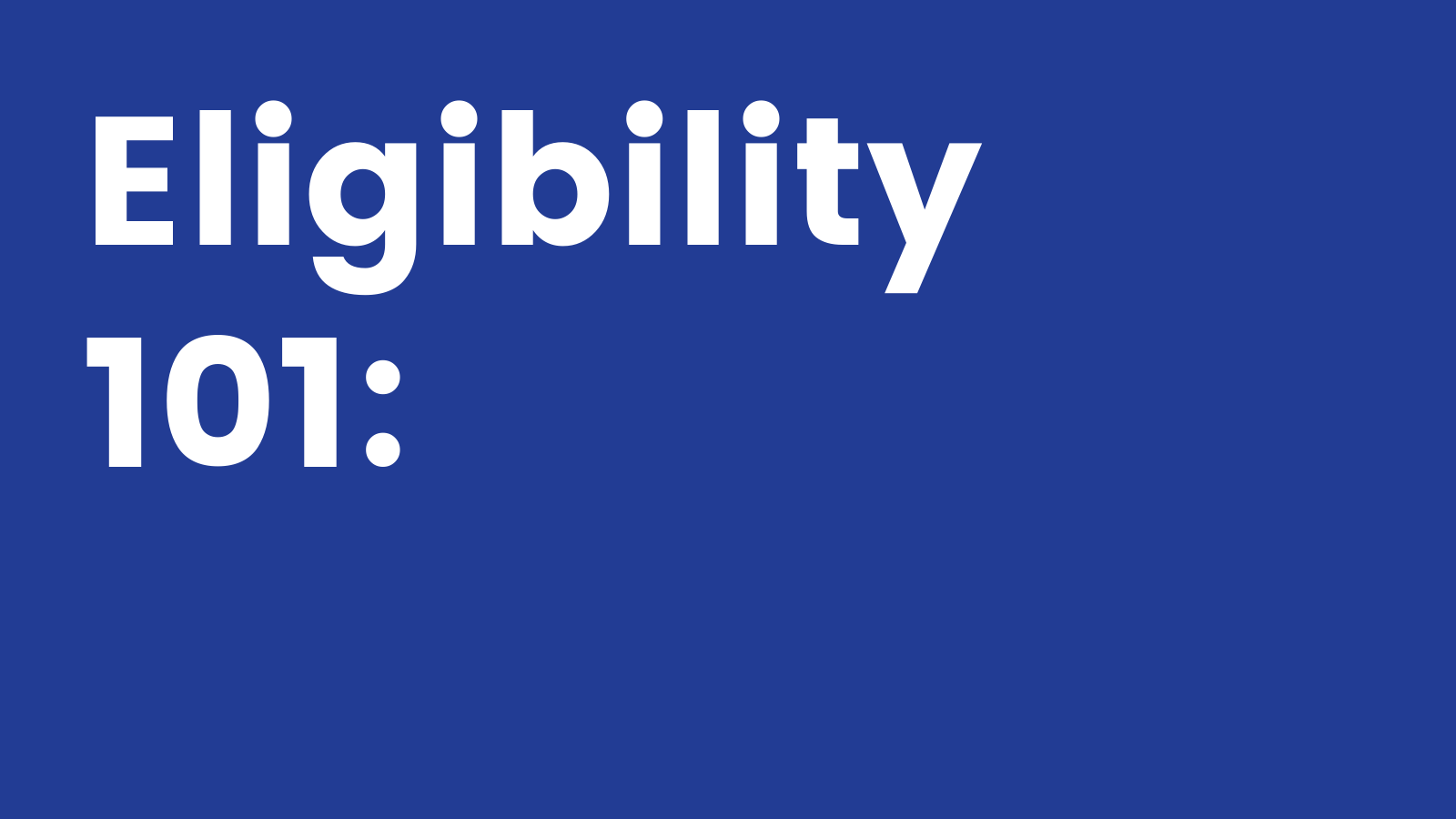Tracking organization charts, W2s, and new hires can muddy the waters when you’re trying to get a handle of who can be in the union and who can’t be. There’s a decent amount of legal and strategic decisions that you’ll need to make, which can get a bit overwhelming.
So, let’s start with the basics. We’ve got 6 articles to help you start thinking proactively about scope.

- Eligibility: who can join a union? - Any worker can form or join a union at its most basic: a group of workers who take collective action to win material changes in their workplace. Although most workers are eligible, certain people are excluded from federal protections. Read about the distinctions in “Eligibility: who can join a union?”.
- Workplace mapping: know your office terrain - When you’re getting started, mapping can be a useful exercise to make sure you know your workplace. Developing a literal map - one that depicts the different offices and geographic locations, like where people sit in the office or who works near management - helps to develop your expertise of the workplace and can be a fun collaborative project. Let’s map it out together in “Workplace mapping: know your office terrain”.
- Who determines who’s in my union? - If you plan it right, you do. Think of the National Labor Relations Board as a referee, often intervening only when there’s disagreement over things like a card signature, ballot in a union vote, or, in this instance, a membership consideration dispute between workers and management. Read about how best to set your own goalposts in “Who determines who’s in my union?”.
- Is my coworker a supervisor or a manager? - The factors that classify someone as a manager or supervisor may not always be so clearcut, but there are general differences that can help you narrow your list down. Let's get into the weeds in “Is my coworker a supervisor or a manager?”.
- Union eligibility: What’s a confidential employee? - Determining if an employee is excluded from a bargaining unit is based on their actual job duties and their relationship to the supposed confidential materials. The National Labor Relations Board uses what is called a two-part “labor-nexus” test to determine confidential status. Read more in “Union eligibility: What’s a confidential employee?”.
- What’s a bargaining unit? - Sometimes the word union and phrase bargaining unit are used interchangeably, but knowing how one functions in relation to the other under U.S. law is key in the early stages of organizing your workplace. A bargaining unit is a group of workers with similar interests that are represented by a single labor union. Read more about them in “What’s a bargaining unit?”.
For topics on the organizing process, we suggest you check out 5 articles to help you understand what unions do and how to form one.
For topics on fighting union busting, we suggest you check out 7 articles to prepare yourself for anti-union pushback.



